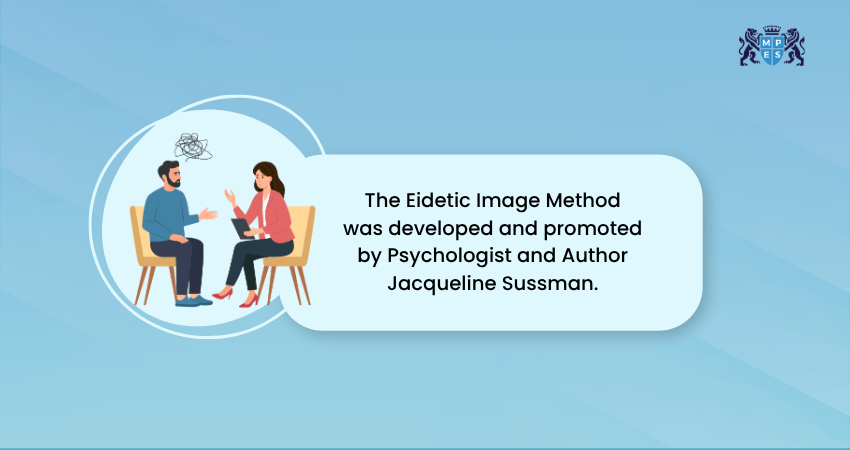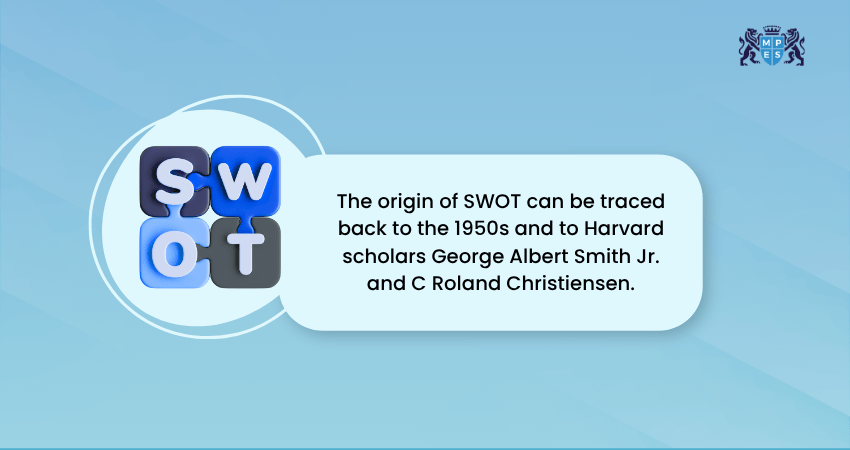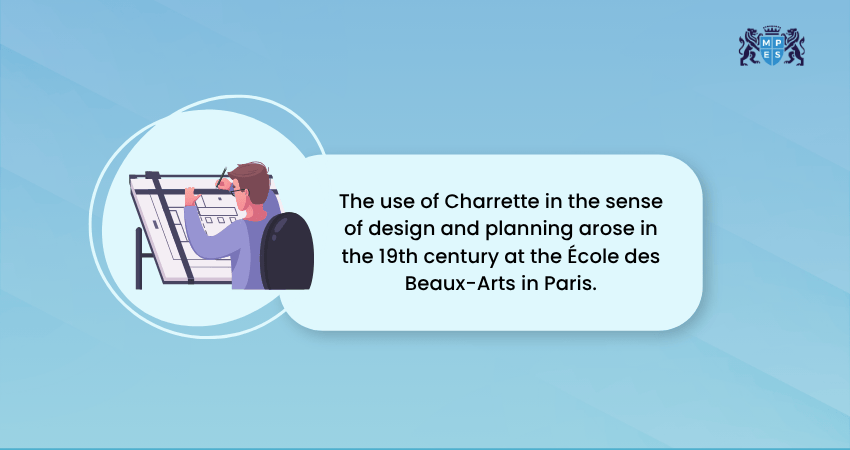Table Of Contents


When your team’s creativity hits a wall, it’s time to shake things up. After all, great ideas don’t just happen; they’re sparked, shaped and built together. When brilliant ideas often start with a spark, the right Brainstorming Technique can turn that spark into a wildfire of creativity. This blog will take you through the best Brainstorming Techniques that will help your team think in new directions and break mental blocks. So read on, energise your team meeting sessions and ignite innovation like never before!
Table of Contents
What is Brainstorming?
Popular Brainstorming Techniques
Brainwriting
Mind Mapping
Starbursting
Gap Filling
Brain-netting
Rapid Ideation
Figure Storming
Step-ladder Technique
Eidetic Image Method
Change of Scenery
Conclusion
What is Brainstorming?
Brainstorming is a creative thinking technique that helps generate new ideas and solve problems. Teams utilise this ideation method to foster innovative thinking and collaboratively generate solutions. This process typically involves a group of people, although it can be done individually as well.
The key purpose of a Brainstorming session is to create and document many ideas, no matter how over-the-top they might seem. When everyone thinks more freely and is unafraid to share their ideas, teams can build on each other’s thoughts to come up with the best possible solution to a problem.
Popular Brainstorming Techniques
No matter which Brainstorming method you use, the key is to focus on quantity, not quality. All ideas should be welcomed, even if they seem off-topic. After all, the aim is to gather a wide range of thoughts that can later be refined or combined into the best solution or plan. Let’s dive in:
1. Brainwriting
Brainwriting is a Brainstorming technique where participants write down their ideas individually before sharing them. It encourages equal contribution and avoids the influence of louder voices.
Each team member writes their ideas on paper or sticky notes silently.
The ideas are then collected and shared anonymously with the group.
Team members can build on each other’s ideas in follow-up rounds.
The process focuses on volume and diversity without immediate judgment.
This method is especially useful for engaging quieter or introverted participants and generating a wide range of ideas.
2. Mind Mapping
Mind Mapping helps visually organise ideas and encourages creative, non-linear thinking. It’s particularly effective for exploring broad topics or complex problems.
Begin with a central idea or problem in the middle of a page.
Draw branches for main themes or related concepts.
Add sub-branches to expand each theme with supporting ideas.
Continue branching out as ideas flow from all participants.
This technique helps identify connections between ideas and can reveal unexpected patterns or gaps in thinking.
3. Starbursting
Starbursting is a brainstorming method that helps you explore an idea by asking key questions instead of jumping to answers. Here’s how it works:
Like a reporter looking for a full story, you start with a central idea in the centre of a star diagram.
Label each point with who, what, when, where, why, and how.
For each point, you develop related questions to dig deeper into the topic.
This process encourages thoughtful exploration and often leads to new ideas, solutions, or strategies.
It’s especially helpful in the early planning stages, as it uncovers challenges, opportunities, and areas that need more clarity.
4. Gap Filling
Gap Filling, also called Gap Analysis, focuses on identifying the difference between the current situation and a desired outcome.
Start by defining where you are and where you want to be.
Visualise both points using a simple chart or flow diagram.
Brainstorm actions or solutions that bridge the gap.
Group ideas based on feasibility, impact, or resource needs.
This technique is ideal for practical problem-solving and strategic planning.
5. Brain-netting
Brain-netting is a digital Brainstorming technique often used by remote teams. It allows for asynchronous or real-time idea sharing using online tools.
Create a shared digital space (e.g., document, board, or chat).
Pose a clear question or challenge to guide thinking.
Team members contribute ideas at their convenience or during live sessions.
Ideas are reviewed, discussed, and refined collaboratively.
This method supports remote collaboration and captures diverse input across locations and time zones.
Turn colleagues into loyal collaborators with our Team Development Training - Register now!
6. Rapid Ideation
Rapid Ideation focuses on speed and quantity, encouraging teams to generate as many ideas as possible in a short time.
Set a specific time limit (e.g., 10–15 minutes) for idea generation.
Avoid editing or filtering ideas during the session.
Capture every thought, even wild or incomplete ones.
Review, group, and refine ideas after the time ends.
It reduces overthinking and encourages participants to let ideas flow freely.
7. Figure Storming
Figure Storming is a creative technique where you imagine how someone else—a well-known person or fictional character—would solve the problem.
Choose a public figure, character, or authority relevant to the context.
Ask, “How would they approach this issue?”
Brainstorm ideas based on their traits or methods.
Share and expand on these ideas as a team.
It helps unlock creative solutions by removing personal limitations and shifting perspectives.
8. Step-ladder Technique
The Step-ladder Technique ensures every team member contributes ideas before being influenced by others.
Start with two participants discussing the problem.
One by one, each remaining member joins the discussion.
Each new member shares their ideas before hearing others.
Once all members have contributed, the group reviews and refines ideas.
This method prevents groupthink and ensures all voices are heard.
9. Eidetic Image Method

This method uses vivid mental imagery to inspire innovation and enhance idea generation.
Ask team members to close their eyes and imagine a specific scenario.
Start with a general image, then add new features or changes.
Encourage them to visualise improvements, alterations, or completely new ideas.
Participants then describe their images to the group for further Brainstorming.
It’s particularly helpful for product design or improving existing concepts.
10. Change of Scenery
Changing the physical environment can refresh thinking and inspire new ideas.
Take the team to a different space like a café, park, or another room.
Begin the Brainstorming session with the same goals but new surroundings.
Encourage casual conversation and relaxed interaction.
Capture spontaneous ideas that emerge in the new setting.
This technique breaks routine and helps overcome mental fatigue.
Turn your visions into long-lasting victory! Sign up for our Motivation and Goal Setting Training now!
11. SWOT Analysis
SWOT Analysis is associated with strategic planning and can be applied as a Brainstorming exercise to help qualify an idea. Here, you must discuss the following aspects of your topic to figure out if it’s worth executing:
Strengths: How does the idea stand out among competitors?
Weakness: Are there any flaws in the idea that could hinder its execution?
Opportunities: What else can be capitalised on based on this idea?
Threats: What are the potential downfalls that could crop up if the idea is launched?
This technique is ideal for both individual and group brainstorms, where ideas are thoroughly vetted.

12. Drivers Analysis
As the name suggests, Driver Analysis is a Brainstorming method used to find the root causes of a problem. You do this by repeatedly asking:
Start by stating the problem clearly.
Ask, “What is driving this issue?” and note the answer.
Then ask, “What is driving that?” to go one level deeper.
Repeat the process until you uncover the root cause.
This process helps you dig deeper. The deeper you go, the better you understand the issue and the more confident you’ll be in finding practical solutions. This method is ideal for both individual and group Brainstorming, allowing for a deep exploration of ideas.
13. SCAMPER
The SCAMPER method helps you look at ideas from different angles by using a simple acronym to guide your thinking:
Substitute: What if you swapped one part of the idea with something else?
Combine: What if you combined this idea with another one?
Adapt: How could you adjust the idea to fit a new situation?
Modify: How can you change it to make a bigger impact?
Put to Another Use: Can the idea be used differently?
Eliminate: What parts can be removed to simplify it?
Reverse: What happens if you rearrange or reverse the idea?
In group Brainstorming, using SCAMPER with templates or pairing it with brainwriting can help everyone explore ideas from all sides.
14. Storyboarding
Storyboarding is a visual planning tool that maps ideas or processes in sequence using illustrations or diagrams.
Define the idea or process to map out.
Break it down into steps or key events.
Draw or write each step in a panel.
Review as a group and identify missing elements or improvements.
It’s especially useful for customer journeys, content creation, and project planning.
Take control of time before it takes control of you! Learn how in our comprehensive Time Management Training now!
15. Charrette
Charrette is a collaborative method where multiple groups work in stages to solve different parts of a larger problem.
Divide the problem into smaller components.
Assign each part to a separate group.
Groups work on their section for a set time.
They then rotate to review and build on another group’s work.
It promotes cumulative creativity and works well for complex or large-scale challenges.

16. Six Thinking Hats
Six Thinking Hats is a role-based method where each participant adopts a specific perspective during the session.
Assign Hats:
White (Facts), Red (Feelings), Black (Caution), Yellow (Optimism), Green (Creativity), Blue (Process).
Each person speaks only from their hat’s perspective.
Rotate hats to gain well-rounded input.
Summarise findings and decide on the next steps.
This method encourages balanced analysis and reduces emotional bias.
17. Reverse Thinking
Reverse Thinking encourages teams to think about the opposite of what they want to achieve.
Ask, “How could we make this problem worse?”
List all the reverse ideas or actions.
Now, flip those ideas into positive solutions.
Use these to uncover gaps in your current strategy.
It’s a great way to spot overlooked risks and generate unexpected insights.
18. Round-robin Brainstorming
Round-robin Brainstorming ensures every team member contributes without interruption.
Participants sit in a circle and take turns sharing one idea at a time.
No one is allowed to comment or build on ideas during the round.
After a complete round, ideas can be expanded or discussed.
Additional rounds can continue to build momentum.
It encourages equal participation and prevents dominance by vocal individuals.
19. Role Storming
Role Storming is a variation of traditional Brainstorming where participants take on different personas to generate ideas.
Choose a role (e.g., a customer, competitor, child, or even a superhero).
Ask, “How would this person solve the problem?”
Encourage participants to think and speak from that role’s perspective.
Share and discuss the ideas generated in character.
This method helps break habitual thinking patterns and encourages empathy-driven innovation.
20. Lotus Blossom Technique
The Lotus Blossom Technique is a structured visual Brainstorming method that expands on a central idea.
Start with a central idea in the middle of a grid.
Surround it with eight related ideas or themes.
Each of those eight ideas becomes the centre of its own “blossom,” with eight more ideas branching from it.
Continue expanding as needed.
This technique is great for deep exploration of a topic and uncovering hidden connections.
Conclusion
Great ideas come easier when you use the right methods. The effective Brainstorming Techniques outlined in this blog can help your team think more effectively, work together more efficiently, and stay creative. Whether your team likes planned steps or more open thinking, there’s something here for everyone. It's about trying different techniques, mixing things up, and seeing how your team’s ideas grow and improve.
Learn, grow, and become the best version of yourself! Sign up for our Personal Development Training now!
 Have Any Question?
Have Any Question?
 +44 7452 122728
+44 7452 122728






 Back
Back








 44 7452 122728
44 7452 122728





